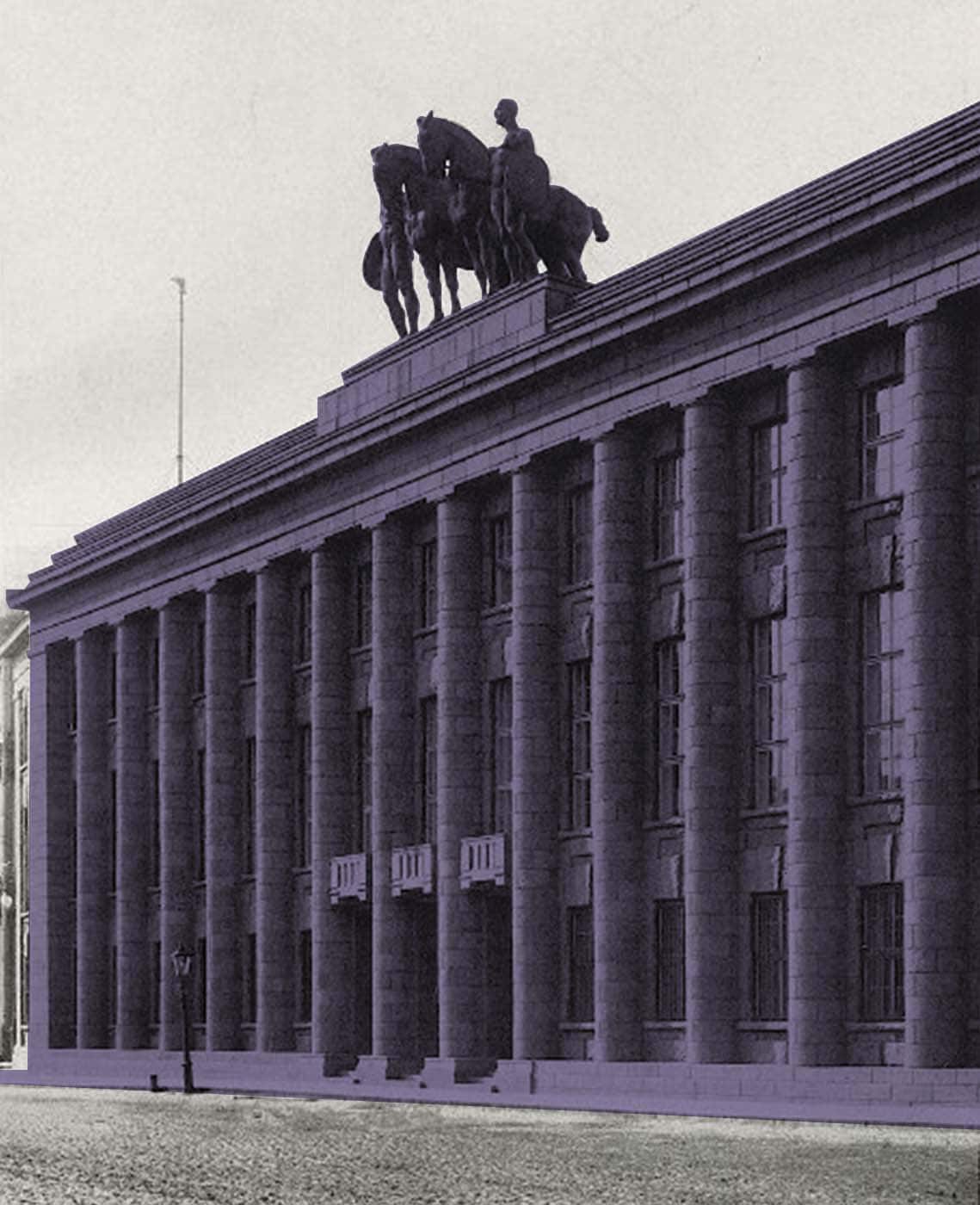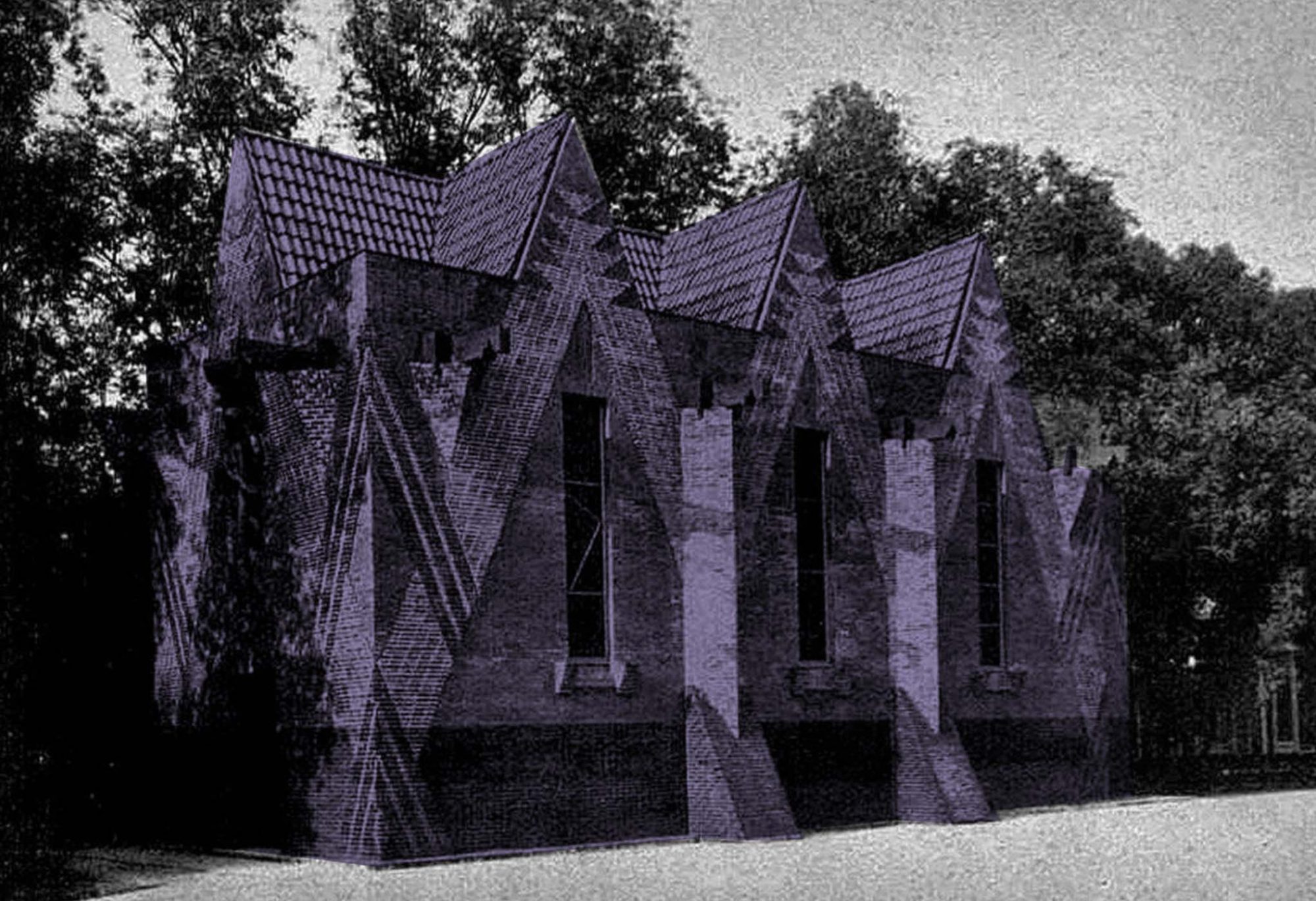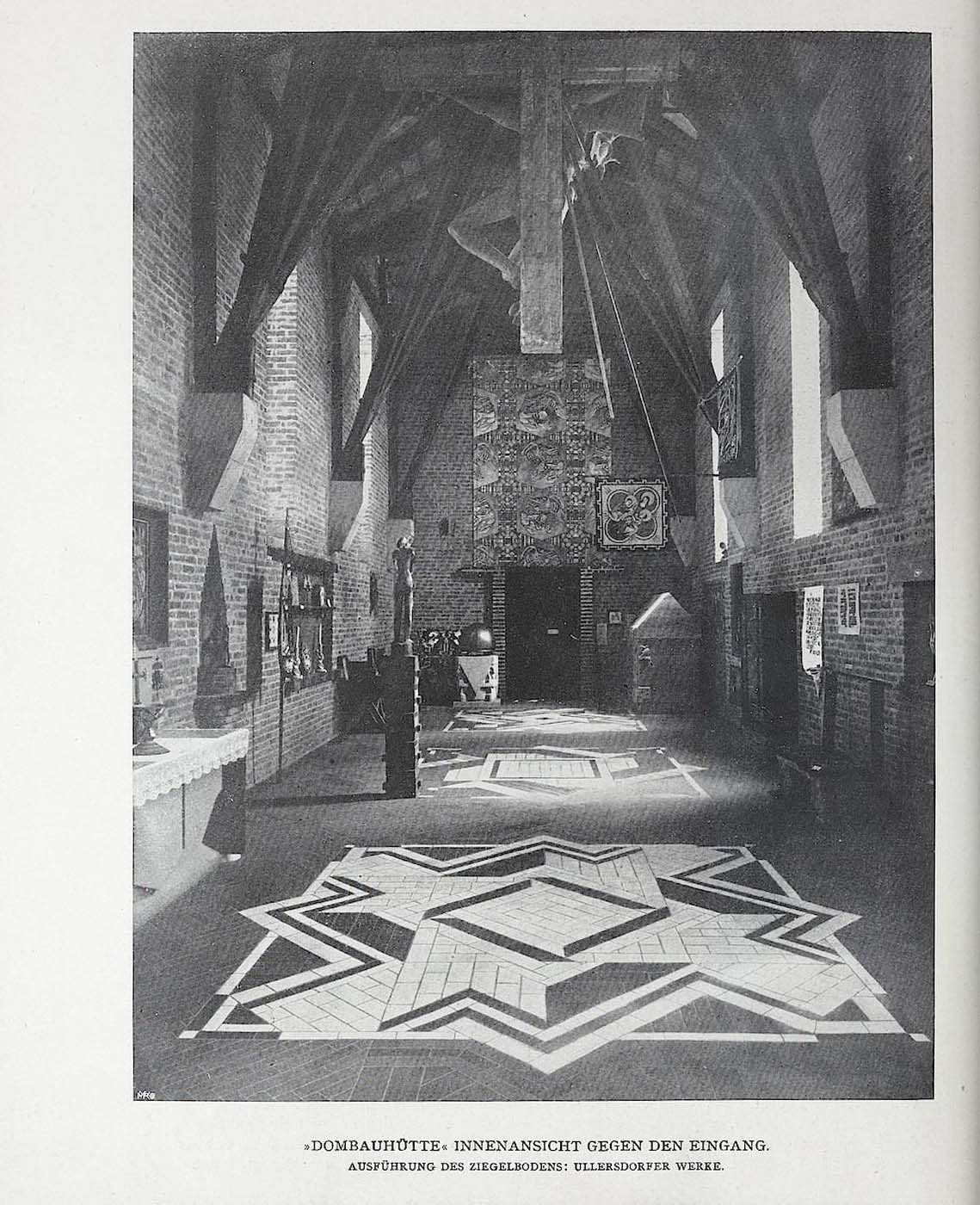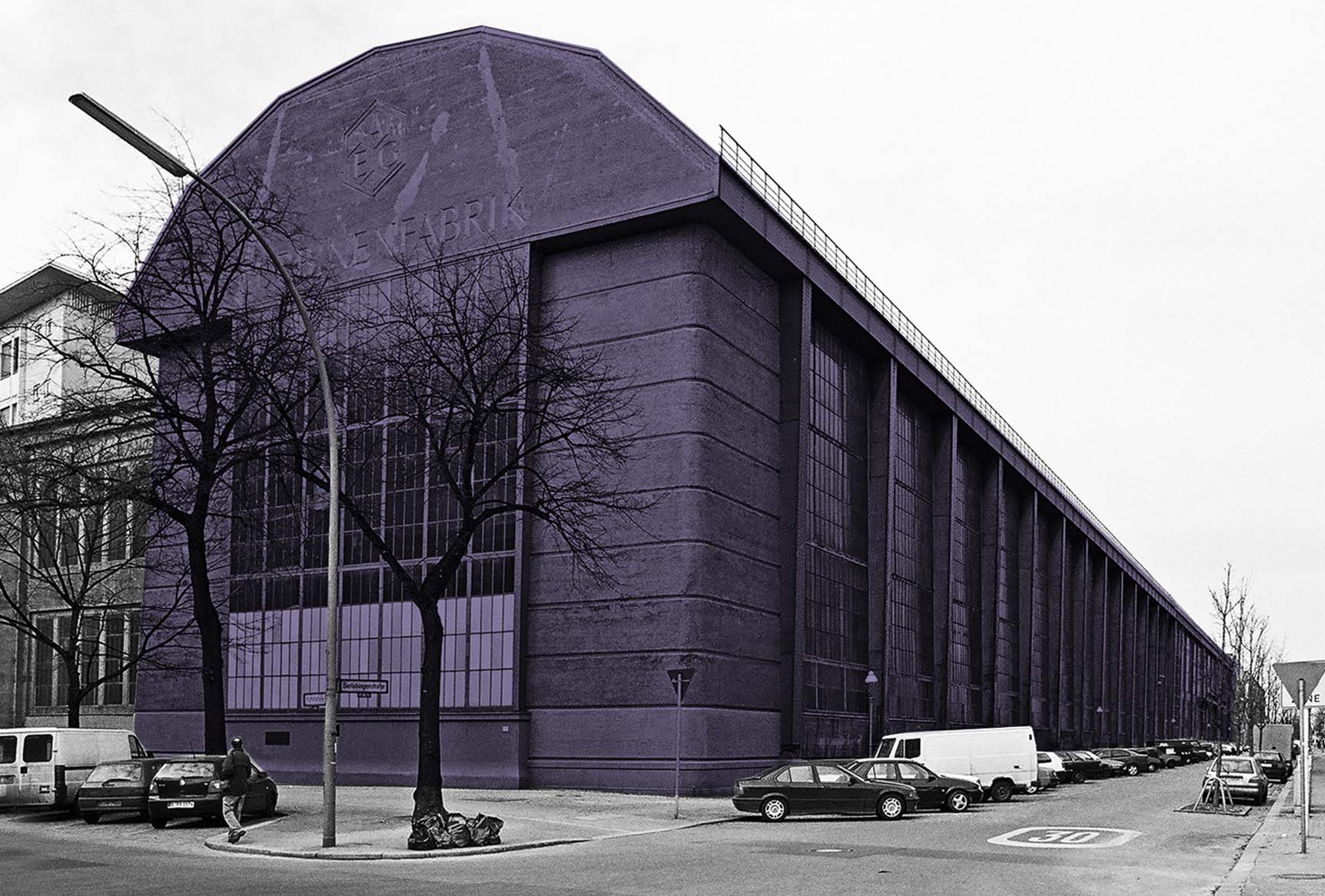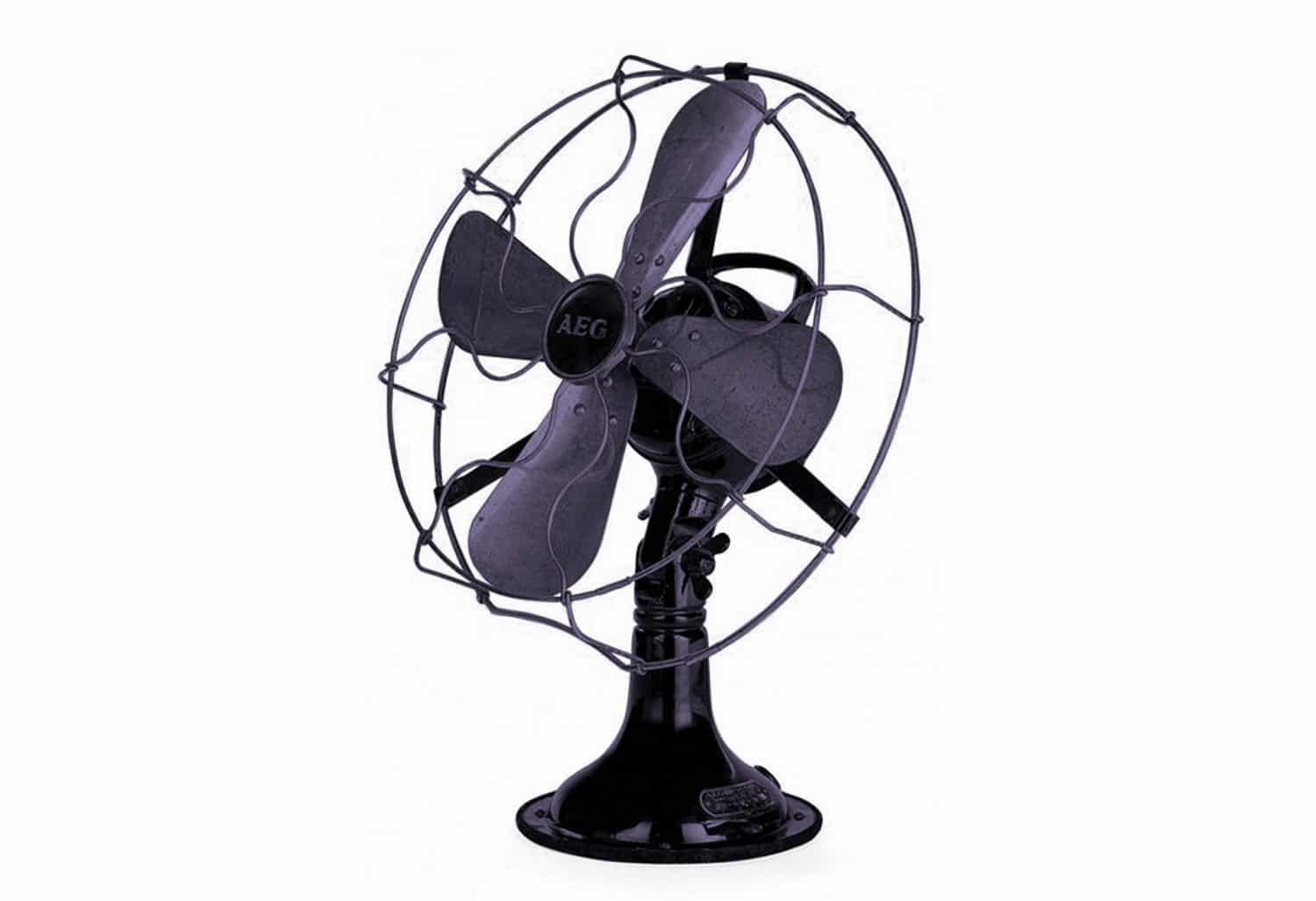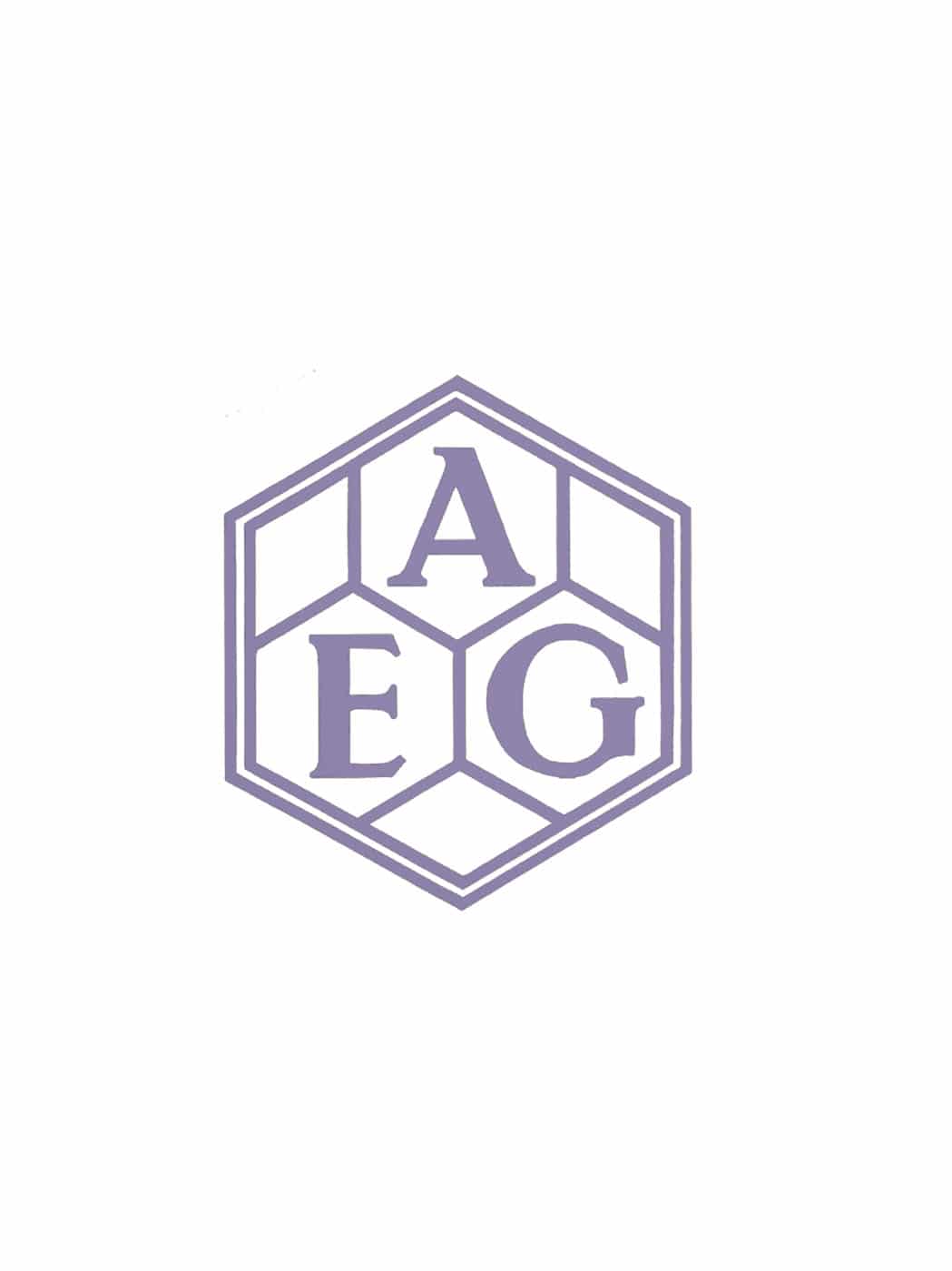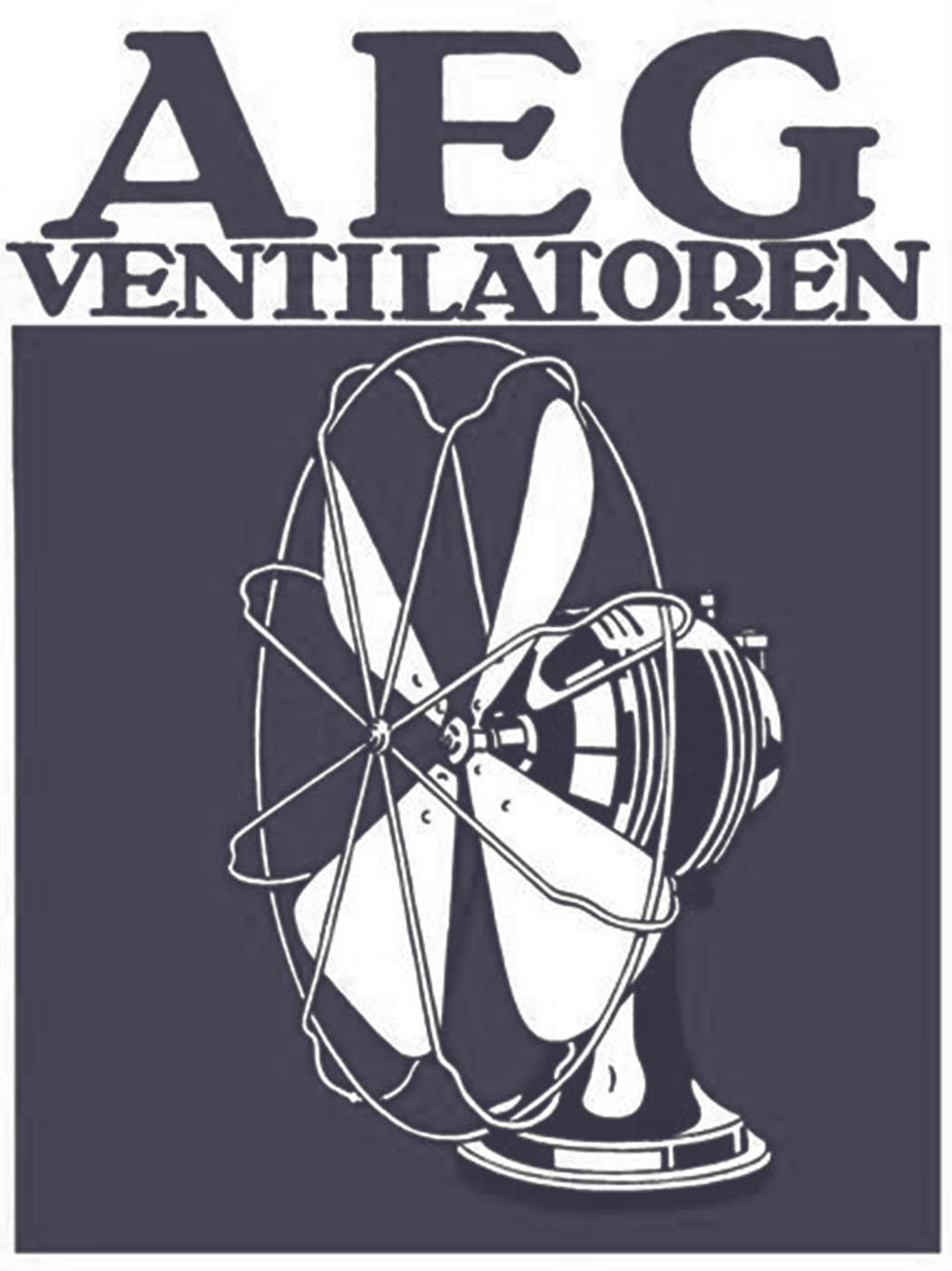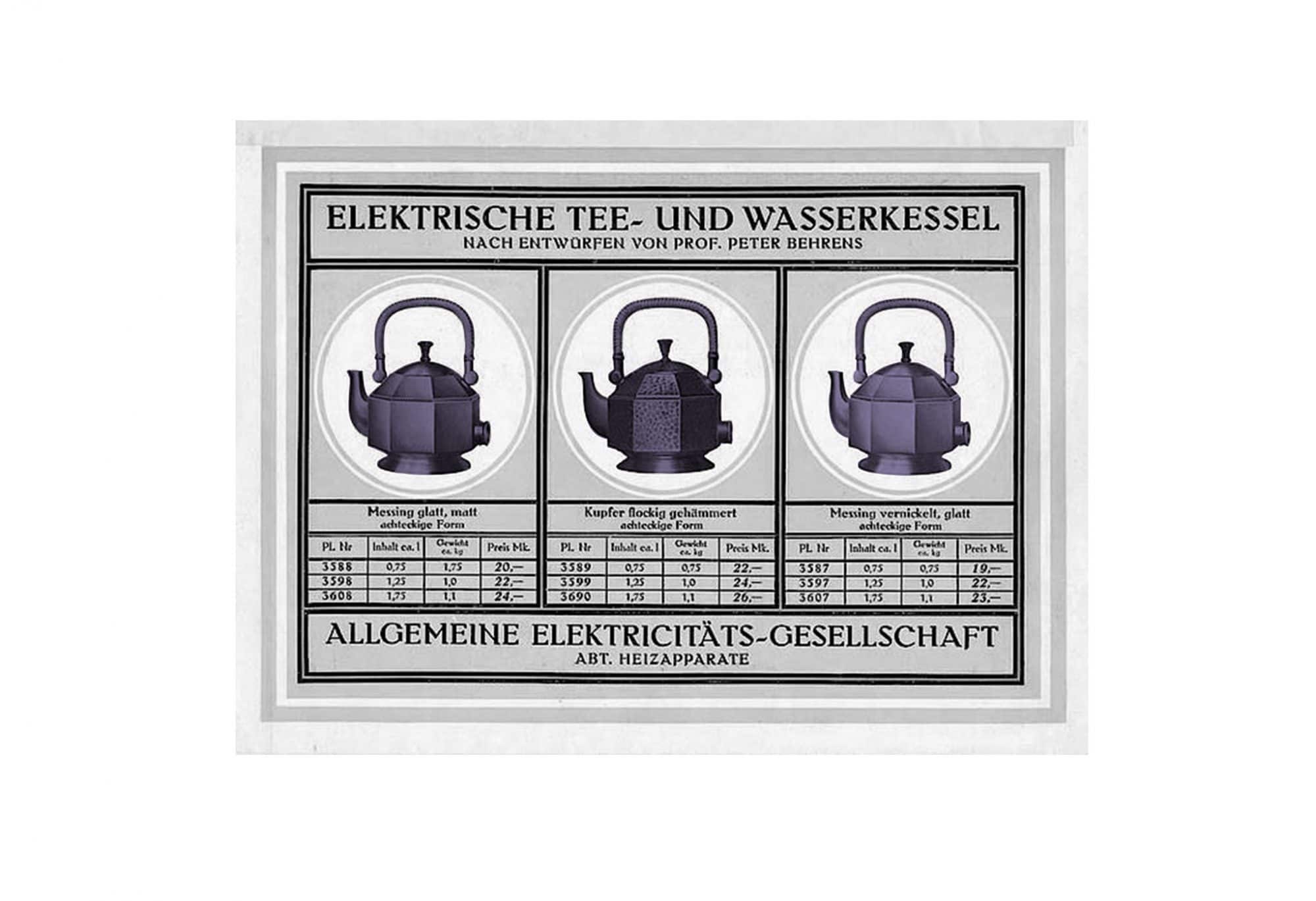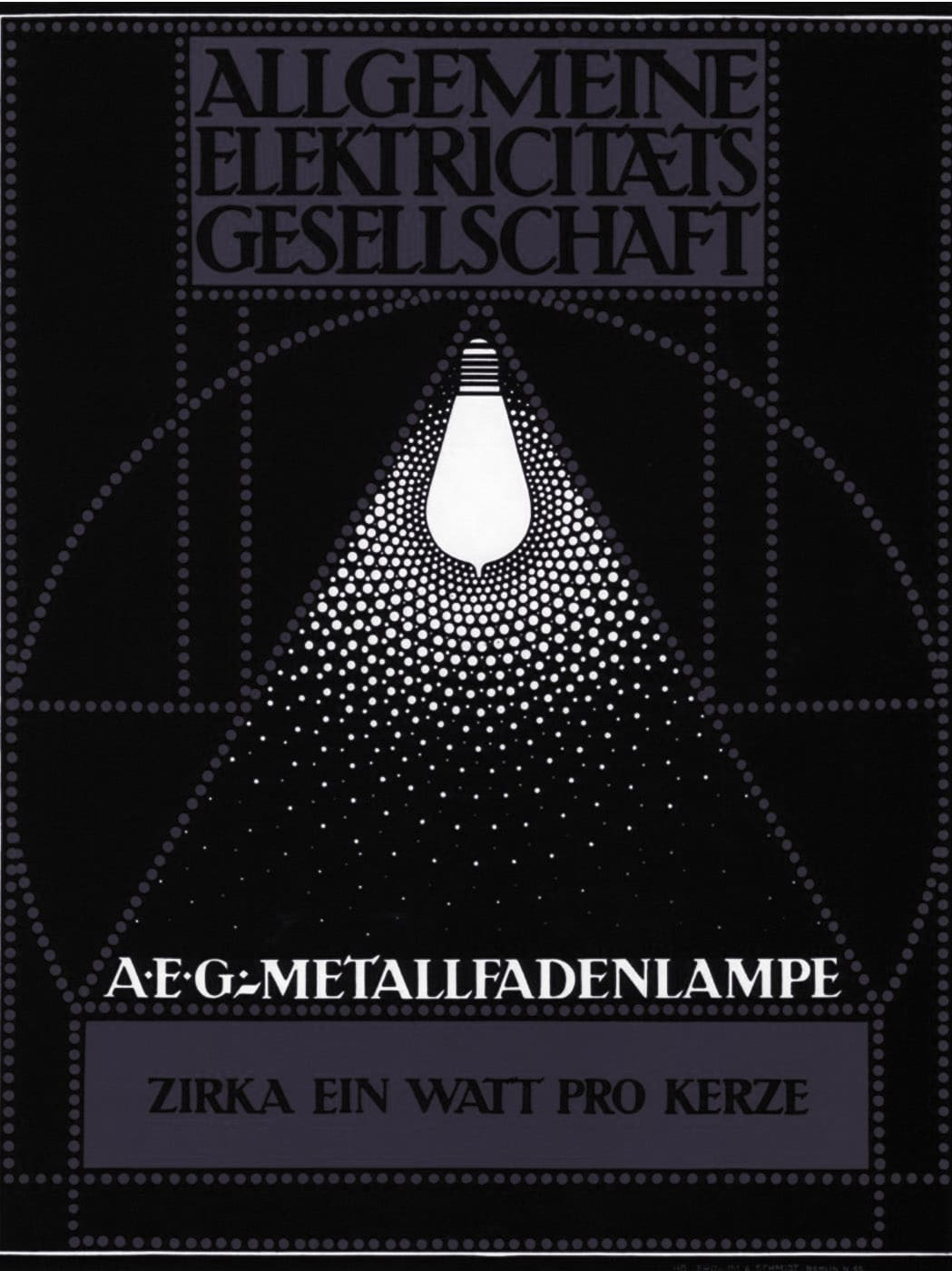INTERIOR
Art & Tecnhology #Peter Behrens
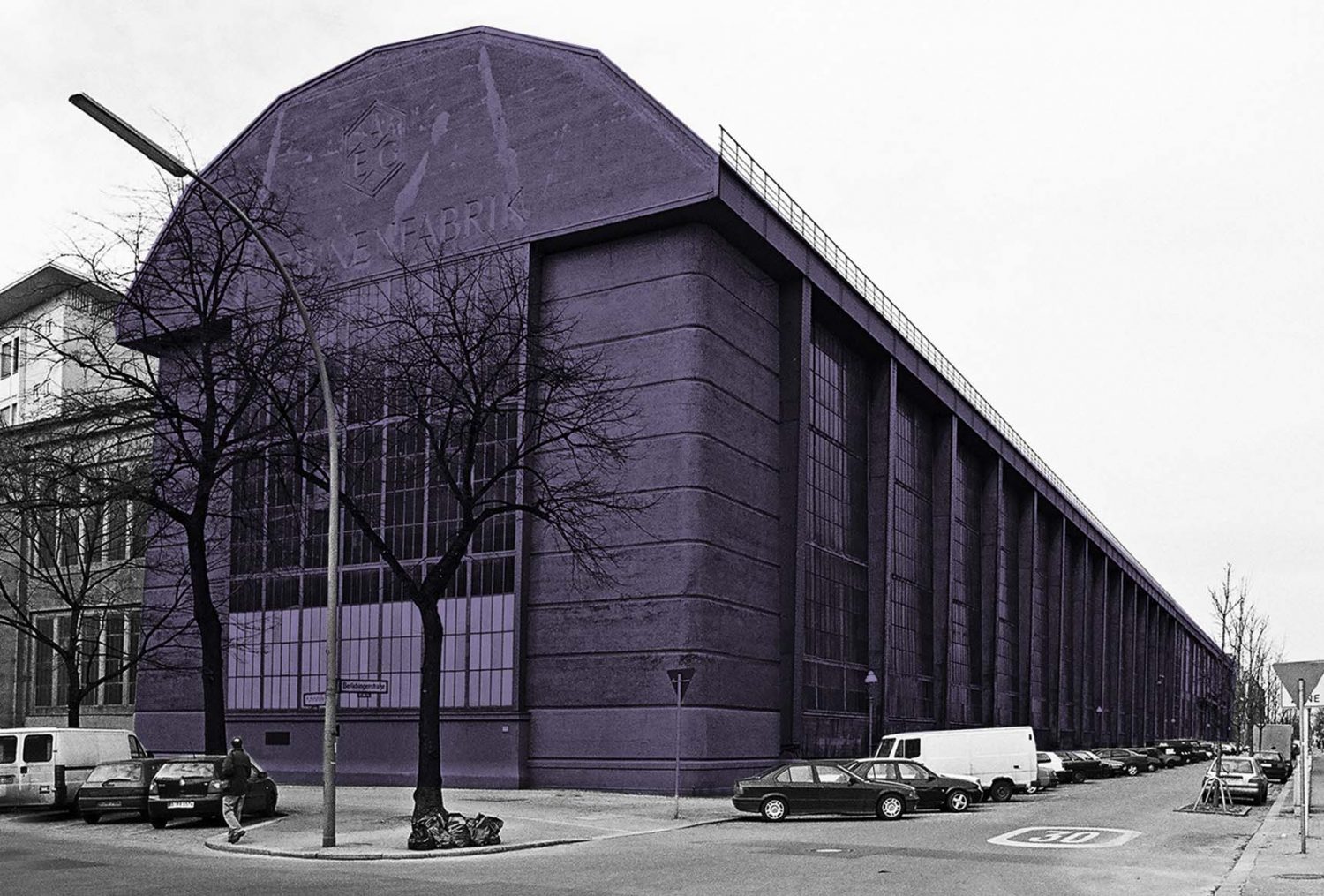
The architect and industrial designer Peter Behrens’ studio was one of the best known and most prolific in Germany in the early 20th century. His work is a summary of the evolution of modern architecture from the end of the 19th century until World War II, including the Jugendstil of his early years, the neoclassicism of the German Embassy in St. Petersburg, the expressionism of the Dombauhütte and the rationalism of his houses in the Weissenhofsiedlung.
Despite his eclecticism, the search for a total work of art or Gesamtkunstwerk remains a constant throughout his career. Behrens designed each and every one of the elements of his house in the Darmstadt Artists’ Colony, but also the furniture for the workers’ homes in Hennigsdorf. However, his most significant contribution to the evolution of this concept appears with the link between Art and Industry, at which time he abandons the homogenizing role of the applied ornament to base the unification of the arts on the interdisciplinary application of geometry and proportion.
“It is in the hands of industry to create culture by bringing together art and technology.” Peter Behrens, Kunst und Technik, 1910
Behrens was a founding member of the Deustcher Werkbund under the belief that improving the artistic quality of everyday objects would imply the improvement of the quality of life and German industrial production. As an artistic advisor to the AEG Company, Behrens had the opportunity to put into practice the concept of Gesamtkunstwerk by taking care of the design of the pavilions for fairs, homes and facilities for employees and factory buildings, including its famous turbine factory in Berlin.
But in addition to the architecture, Behrens was behind the design of the entire corporate image of the AEG, including posters, catalogs, calendars and even several typefaces. As for industrial design, Behrens applied the same principles of geometry and proportion as in architecture, redefining a new design line in products such as lamps, water kettles, clocks and fans that minimized the applied decoration and was characterized by its sobriety, thus laying the foundation of contemporary industrial design.
